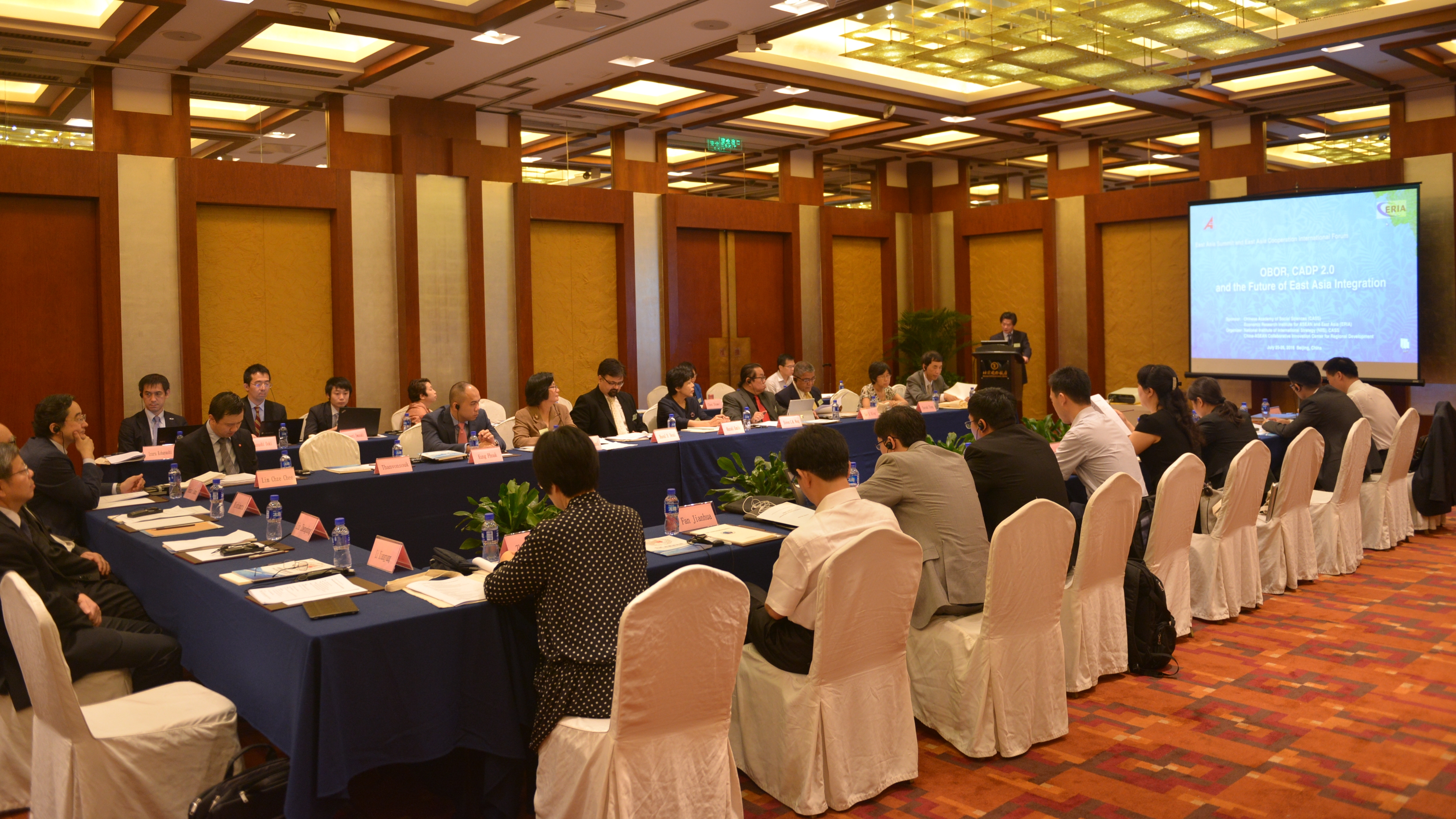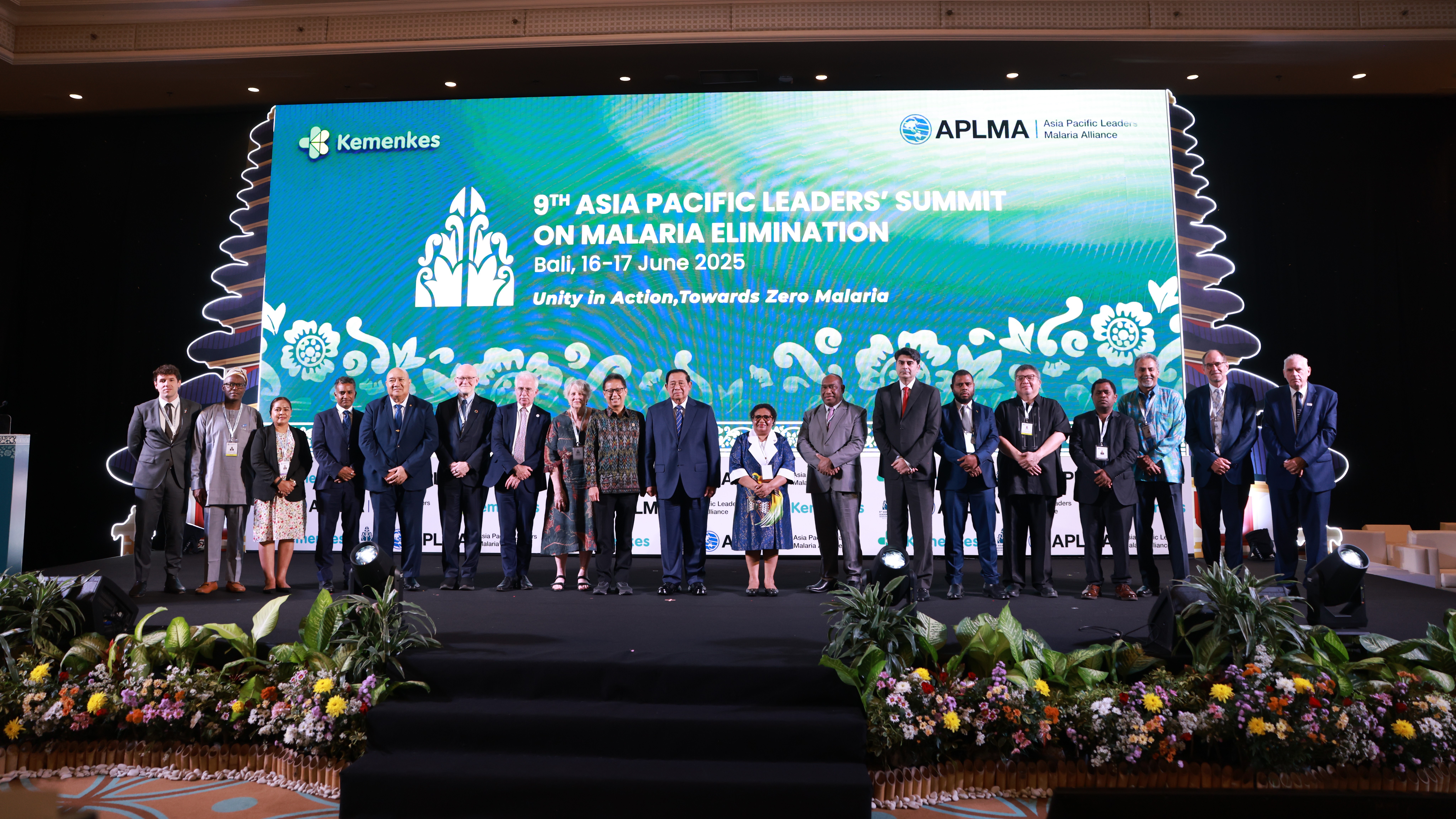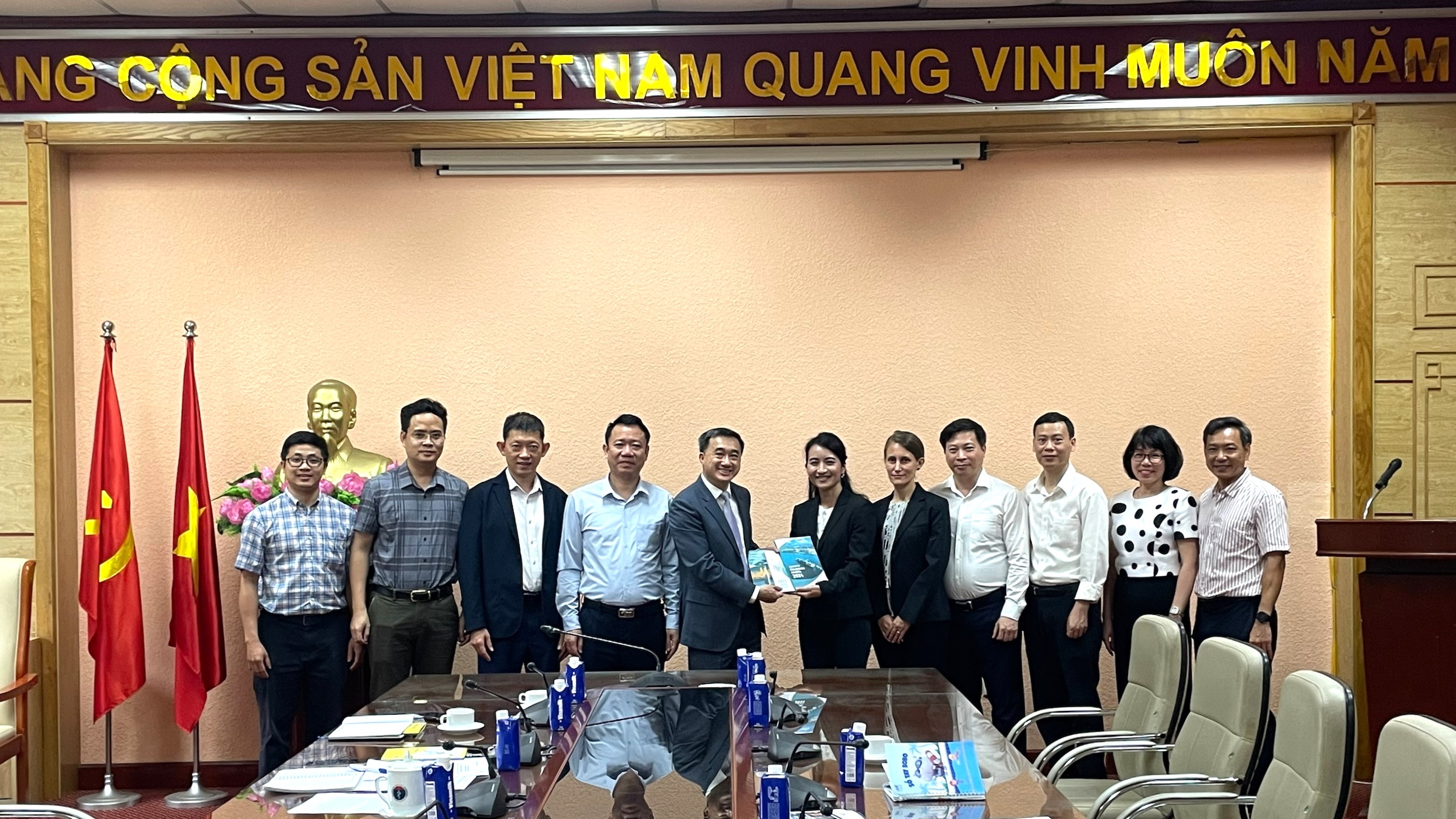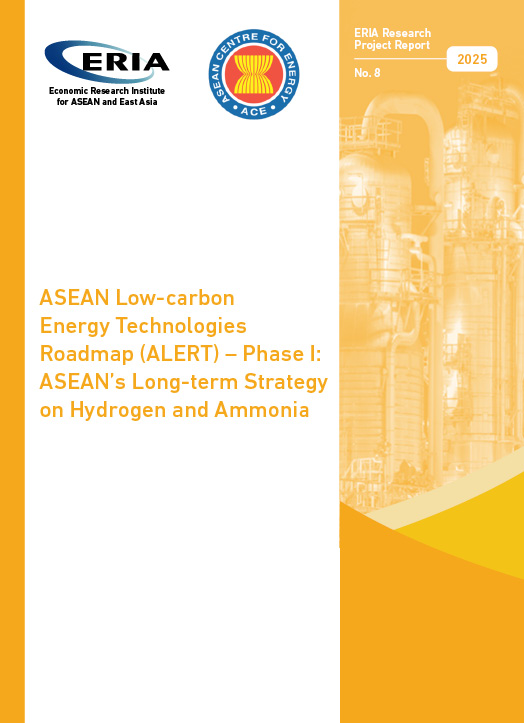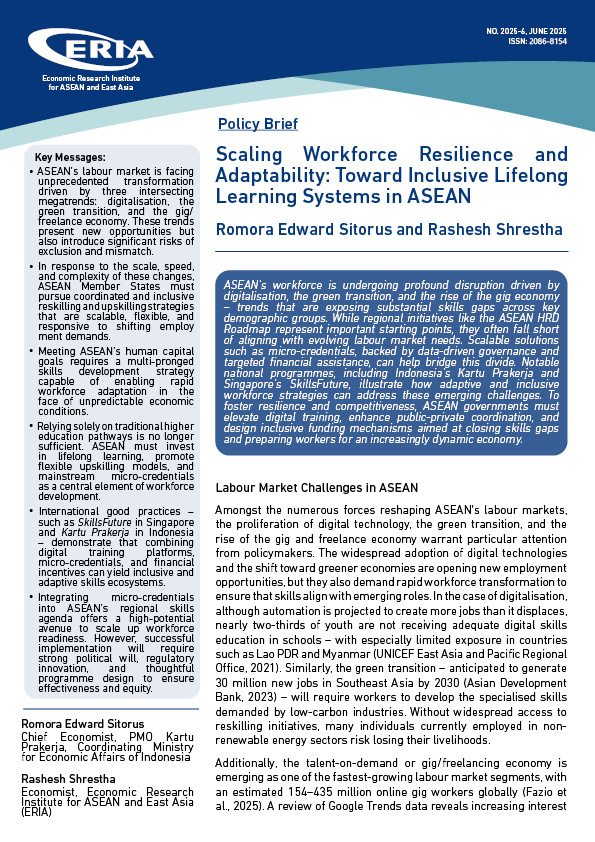History of CADP
Date:
20 March 2012Category:
-Topics:
-Share Article:
Print Article:
ERIA submitted the CADP to the 5th East Asia Summit in October 2010, as a grand spatial design for infrastructure development in East Asia. The conceptual framework of the CADP, which was elaborated based on new international trade theory, namely the fragmentation theory and new economic geography, demonstrates how the region can pursue deepening economic integration as well as narrowing development gaps. This claim was supported by simulation analyses on the impacts of logistic enhancement to the region using the Geographical Simulation Model. CADP also provides a long list of prospective infrastructure projects that would be important to realize the policy recommendation of the CADP.
Figure 1 shows the implementation status of the prospective infrastructure projects provided in the CADP. The conceptual stage means projects that have only a conceptual design or proposal. The feasibility study stage includes preliminary feasibility studies, bankable feasibility studies, and contract stages. The construction stage takes account of the projects under construction and the projects completed but waiting for operation. More than 80% of the projects have reached the feasibility study stage.
Figure 1: Implementation status of CADP infrastructure projects

Figure 2 shows the 4-year transition of CADP projects from 2011 to 2014. The number of projects which are in the construction and operation stage was 28 percent in 2011 and is 51 percent in 2014. The projects are progressing steadily.
Figure 2: CADP projects; transition from 2011 to 2014

Figures 3, 4, and 5 illustrate the implementation status of the selected infrastructure projects in the Mekong sub-region, the Indonesia-Malaysia-Thailand Growth Triangle Plus (IMT+) sub-region, and the Brunei Darussalam-Indonesia-Malaysia-Philippines East ASEAN Growth Area Plus (BIMP+) sub-region, respectively. Positive trends in the Mekong sub-region can be seen compared with IMT+ and BIMP+.
Figure 3: Selected infrastructure projects in the Mekong sub-region

Figure 4: Selected infrastructure projects in the IMT+ sub-region

Figure 5: Selected infrastructure projects in the BIMP+ sub-region

